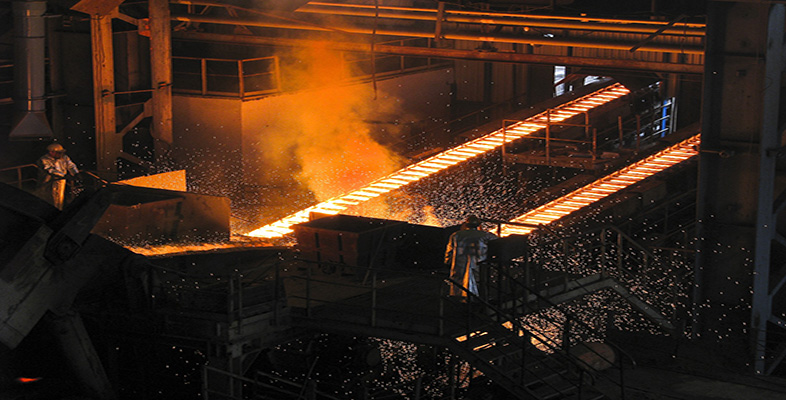2.2 Summary of iron chemistry
Try to summarise the main points of iron chemistry for yourself, and then compare it with the list below.
From a bioinorganic point of view, we can conclude that despite the high natural abundance of iron, it is in scarce supply in water.
The more stable form of iron in oxygenated water is iron(III).
The low concentration of Fe3+ in water is because of the extreme insolubility of Fe(OH)3.
Any iron absorbed by an organism is potentially detrimental in its +2 oxidation state, due to its reaction with O2 to give superoxide radical anions.
Iron(III) is coordinated preferentially by hard ligands, especiallv hard polydentate ligands, which give iron(III) complexes with very high stability constants.
These chemical properties of iron demand that biochemical systems have efficient and effective methods of obtaining and controlling iron. Specifically, they must be able to (i) solubilise and assimilate iron in their local environment, and (ii) protect the iron once it has been absorbed. The rest of this course will describe how this has been achieved by some organisms.
Before moving on, it is worth noting that there is a constant competition for the available iron in the natural world. In many cases the availability of iron is the determining factor in whether an organism can proliferate or not. For example, it is believed that the low concentration of iron in seawater limits the amount of plankton growth.
